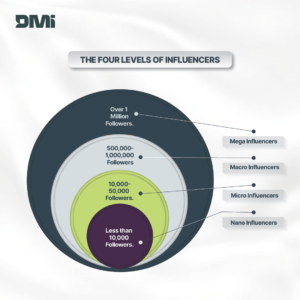Jump to Section
ToggleWhen embarking on a new business venture or launching your next project, entrepreneurs frequently encounter advice like, “You need a logo and a website,” or “It is important for you to have an online presence on Linkedin and all social media” However, for business owners with limited experience, this can understandably seem like a daunting undertaking. You ask questions such as “What are the uses of logos?” “Why is a logo important for your brand?” and may find it challenging to decide on the best outcome for your business.
The complexity of branding isn’t confined to new entrepreneurs alone; even large corporations grapple with significant challenges in branding their products and services. One famous business example of the challenges in branding is the case of Coca-Cola and their “New Coke” debacle. In 1985, Coca-Cola reformed their classic soda recipe and introduced “New Coke” to the market. The decision was met with widespread backlash from consumers deeply attached to the original flavour. The negative reaction was so strong that Coca-Cola had to return to the original formula as “Coca-Cola Classic” just a few months later.
Another example is Bud Light, a brand that most British and Americans are familiar with, which faced a significant blow. YouGov’s tracking data revealed a startling 75% decline in the brand’s popularity among the general population, significantly impacting sales. In the post that ignited the turmoil, TikTok star Dylan Mulvaney celebrated a year of her womanhood with a six-pack of Bud Light, accompanied by a contest announcement for a chance to win $15,000. Yet, a routine endorsement triggered a chain reaction that evolved into a substantial brand crisis. Despite the initial perception that this controversy would fade away, it retained its position in the news cycle and intensified its impact on the brand.
This serves as a reminder that even iconic brands face substantial challenges when modifying their branding and products. Such companies invest considerable resources to shape perceptions within their markets meticulously.
At DMI, we’ve collaborated with businesses of all sizes to cultivate, enhance, and elevate your brand and brand identity. As a devoted design consultant within the DMI team, I’m thrilled to present five actionable steps that will empower you to embark on your business branding journey without straining your budget.
#1. Define Your Brand Strategy
At its core, brand strategy is the deliberate and calculated blueprint that shapes how your brand presents itself to the world. It encompasses everything from your brand’s name to the emotions it evokes in customers. It’s the master plan that guides your brand’s journey — from conception to growth — ensuring that every aspect aligns seamlessly to create a powerful and cohesive identity. How do you define your brand strategy? Here are key components that must be met for you to define your brand strategy
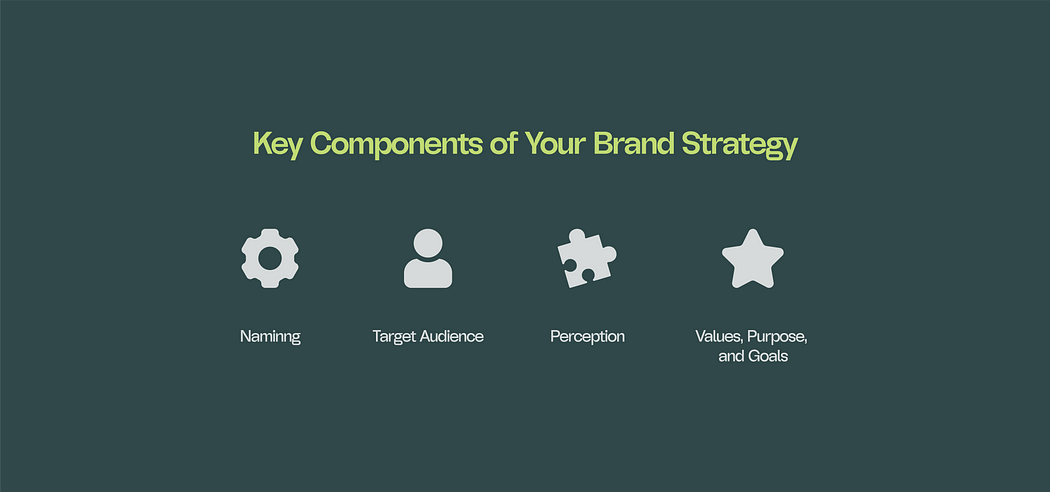
Key Components of Your Brand Strategy
- Brand Name: The first step is selecting a name that embodies the essence of your business. A well-chosen name isn’t just a label; it’s a reflection of your values, offerings, and the promise you make to your customers.
- Target Audience: Just as a captain navigates a ship through uncharted waters, knowing your ideal customer helps you chart a course for success. Dive deep into demographics, behaviours, and preferences to understand who your brand’s true advocates are.
- Perception: Think of perception as the lens through which your audience views your brand. Do you want to be seen as innovative, trustworthy, or perhaps eco-friendly? Define the emotions and thoughts you want to trigger when customers encounter your brand.
- Brand Values, Purpose, and Goals: Your values ensure that your brand remains authentic and consistent, acting as the foundation for trust with your audience. Your purpose infuses your brand with passion and a higher mission, resonating with customers on a deeper level and motivating your team to strive for excellence. And your goals provide a roadmap, turning your vision into tangible milestones that drive growth and progress.
One key factor that would ensure that your brand strategy is successful is through market analysis and research. market analysis and research provide the data-driven insights that inform your brand strategy’s key components, such as target audience, positioning, messaging, and values. They are the compass that guides your brand’s direction in a competitive landscape, ensuring your efforts are aligned with customer needs and market trends.
One exemplary UK-based business that has established a well-defined brand strategy and transformed it into substantial profits is BrewDog. BrewDog, a craft beer company founded in Scotland in 2007, has leveraged its brand strategy to disrupt the traditional brewing industry and become a global powerhouse in the craft beer movement.
#2. Crafting Your Visual System
In today’s visually driven world, crafting a captivating visual identity is crucial for establishing a compelling and memorable brand presence. This reality underscores the importance of creating a visual identity that effectively communicates without words. At the core of the five visual branding elements, the primary logo and the curated colour palette are the two fundamental elements. You may ask why a logo is important for your brand; the logo functions as the face of the brand, encapsulating its essence and mission, while the carefully selected colour palette resonates with emotions, target audiences, and the brand’s core identity. These core elements of visual branding are the foundation for a brand’s visual narrative, capturing attention and fostering recognition.
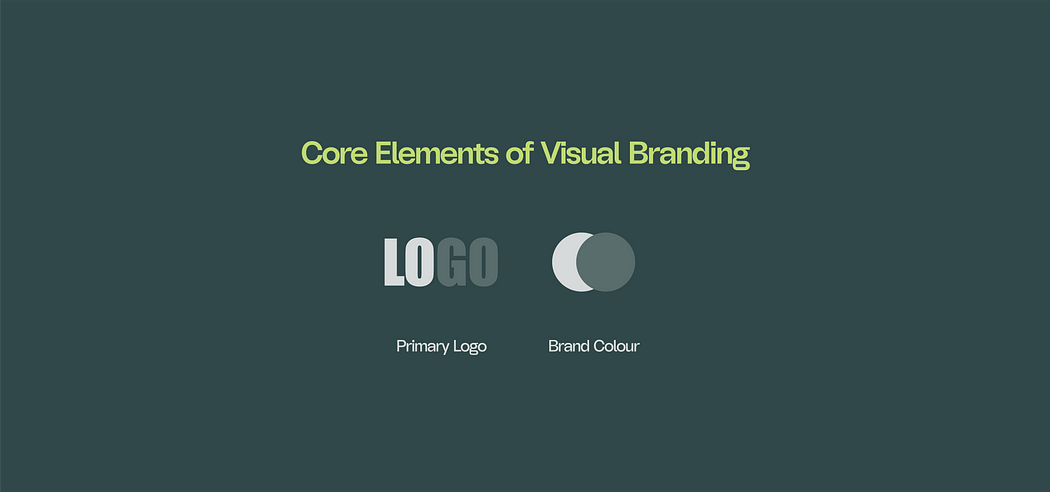
As a brand evolves, developing additional distinctive assets further enriches its visual identity. Typography, chosen for its distinct personality, becomes the voice through which the brand communicates messages. An icon library comprising meaningful symbols enhances the brand’s visual language, facilitating recognition even in the absence of text. Motion guidelines ensure consistency across multimedia platforms, facilitating dynamic interactions. Even the brand’s written voice contributes to its visual identity, with a carefully chosen writing style adding depth and coherence to the brand’s overall persona, complementing its visual components.
A stellar example of a UK-based business with a well-crafted brand identity example is “Virgin Atlantic.” Founded by Sir Richard Branson in 1984, Virgin Atlantic has become a globally recognised airline known for its distinctive brand experience and innovative approach to air travel.
Virgin Atlantic’s brand identity example is deeply rooted in its founder’s charismatic and entrepreneurial spirit. The airline’s logo, the iconic “Virgin” wordmark accompanied by the instantly recognisable red tailfin, embodies the brand’s vibrant and dynamic personality. This logo has remained consistent over the years, fulfilling the question of what are the uses of a logo for a brand.
#3. Build Your Brand Guide to Strengthen Your Strategy
Crafting a comprehensive brand guide is a pivotal milestone in your brand’s evolution. It represents the culmination of your meticulously constructed brand strategy framework, providing a tangible reference that cements your brand’s identity. The significance of this guide cannot be overstated, as it wields the power to either propel your efforts to new heights or inadvertently hinder your progress. Branding encompasses far more than the creation of distinct visual elements; it encompasses the strategic bedrock that drives the entire process. The act of documenting this strategic foundation is a critical determinant of your brand’s ultimate success and should never be underestimated.
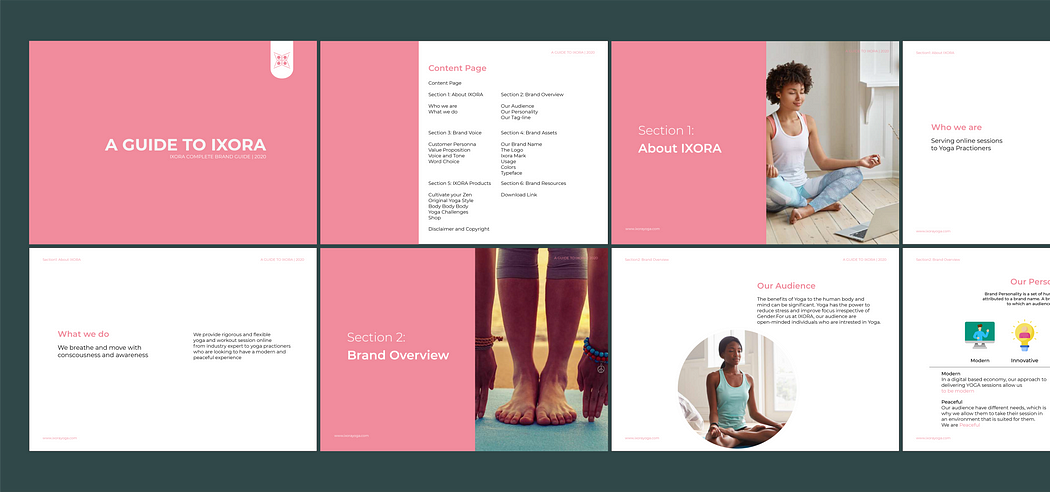
In larger organisations, brand managers function as guardians of the company’s strategic vision. Armed with a deep comprehension of the business landscape and an intimate familiarity with the brand’s essence, these individuals act as pivotal connectors, bridging strategic intent with tangible outcomes. Their role transcends mere management; they are the conductors of a symphony, ensuring that each note resonates harmoniously with the brand’s values and resonates in concert with the broader business strategy.
For aspiring entrepreneurs venturing into the realm of brand establishment, a wealth of inspiration awaits at your fingertips. In this digital age, a plethora of brand guides exists to illuminate your path, guiding you toward crafting a captivating brand identity. An exceptional source of such inspiration is brandingstyleguides.com, an online platform that boasts an array of brand guides from diverse industries and companies. Exploring brandingstyleguides.com opens the doors to a realm of insights, showcasing how well-established brands have painstakingly documented their brand strategies and visual identities, creating an invaluable reservoir of wisdom.
By studying these real-world examples, you’ll understand how successful brands maintain their distinct presence across various platforms and communication channels while striking a balance between consistency and flexibility. These guides are more than just blueprints; they glimpse the complex brand strategy framework and design contributing to a brand’s allure and impact.
#4. Communicate your Visual Identity to all Stakeholders and Customers
Once you’ve meticulously crafted your visual identity, ensuring that it permeates every corner of your brand’s presence is essential. Effective communication of your visual identity is key to making a lasting impression on stakeholders, customers, and the broader audience. Integrate your visual identity harmoniously within your advertising campaigns and public relations endeavours. Infuse your logo, colour palette, and other visual components consistently across various communication channels(Social Media and the Web). For Instance, if you are running a Business Company, You don’t have to ask, Why is it important for you to have an online presence on Linkedin? You must be on the platform because it enhances your visibility among potential customers.
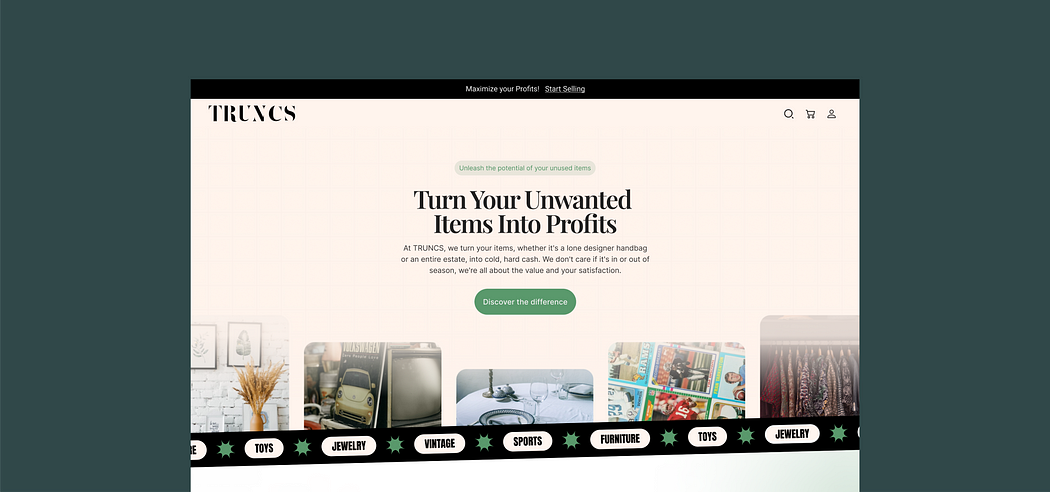
By strategically implementing these communication strategies, you ensure visibility for your visual identity and resonate deeply with your audience. This consistency in your communication channels enhances your brand’s credibility, fosters trust, and contributes to establishing a harmonious and impactful brand image.
Another exemplary UK-based business that has executed an effective communication strategy for its brand is Burberry.
Burberry, a luxury fashion brand, has successfully integrated its visual identity across various communication channels to establish a strong and recognisable brand image. The company’s iconic check pattern and distinctive logo are consistently featured in its advertising campaigns, public relations efforts, and across its on line platforms.
#5 Be Consistent
The concluding aspect of your business branding emphasises the crucial importance of maintaining consistency. Due to trends and the temptation to explore novel approaches, entrepreneurs can inadvertently alter brand elements frequently. As seen in the provided examples, this approach has the potential to weaken your brand’s impact and amplify the risk of adverse outcomes. While experimentation can be valuable, exercising prudence is equally essential.

Consistency across branding facets, encompassing logo, colour scheme, typography, and visual style, forges a robust and unforgettable visual identity. A uniform brand presence resonating across multiple touchpoints enhances customer recognition and recollection. This heightened recognition bolsters brand recall, a critical factor in a competitive landscape. Furthermore, it fosters trust and customer loyalty, conveying dependability, professionalism, and a positive encounter. This consistency kindles emotional connections, reinforces recognition, and underscores transparency, nurturing an authentic rapport between the brand and its audience. This sense of reliability and authenticity nurtures comfort and the fulfilment of promises, cultivating customer loyalty, advocacy, and risk reduction, thereby fostering a bedrock of trust and enduring allegiance.
John Lewis is a notable example of a UK-based household brand that remains consistent with its branding. With a legacy of over a century, John Lewis has meticulously maintained its brand identity and values. The brand has exhibited remarkable consistency over the years, from its iconic logo to its distinct colour palette and even the renowned John Lewis Christmas advertisements. Whether it’s their in-store experience, online presence, or advertising campaigns, the brand’s visual identity and messaging remain harmoniously aligned. This consistent approach has helped John Lewis stand out in a competitive retail landscape and solidified its position as a trusted and beloved household name, fostering customer loyalty and enhancing brand recall.
#Bonus Point
Forging a Lasting Brand Legacy
In the realm of business branding, these five essential steps serve as guiding stars for entrepreneurs to illuminate their path to success. From defining a robust brand strategy that encapsulates values, purpose, and goals to crafting a captivating visual identity complete with logos, colours, and distinctive assets, each stage forms a critical piece of the branding puzzle. By building a comprehensive brand guide and effectively communicating your brand’s visual identity, you can bolster credibility and trust and leave an enduring mark on stakeholders and customers.
Consistency, the golden thread that weaves through these steps, emerges as the ultimate cornerstone. In a landscape where iconic brands like BrewDog, Virgin Atlantic, and John Lewis shine, the power of consistency stands evident. By adhering to these principles, entrepreneurs can confidently navigate the complexities of branding, setting the stage for recognition, loyalty, and an unwavering brand legacy. Remember, success in business branding is not a destination but a journey, where each step taken brings you closer to a brand that resonates, captivates, and endures.
We’re DMi — Digital Marketing Agency, one of the fastest-growing digital marketing agencies in Nigeria and the UK. We provide efficient digital marketing solutions — including social media marketing, search engine optimization, social media ads, SEM/SEO, web design & development, email marketing, web development, and UI/UX — to our clients worldwide.


